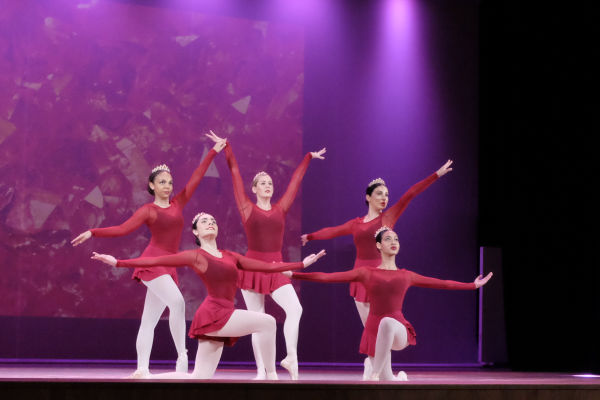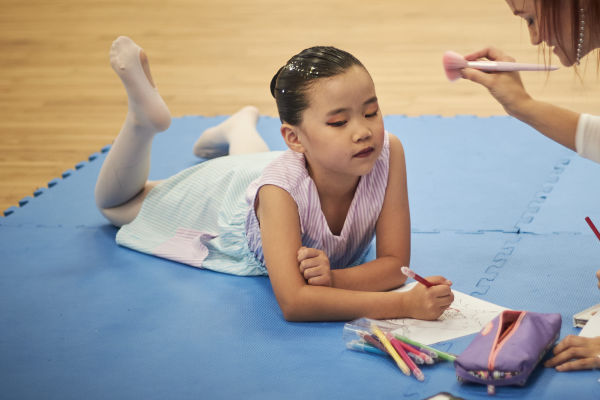Dance classes are not just a way for children to get out of the house and expend some energy. Dance combines athletic training and creative expression that positively impacts a child’s mental, physical, and emotional health. It has benefits extending far beyond the classroom and can help children do better in school, make friends, gain physical strength, balance, and flexibility, and release youthful joy and energy.
One of the most significant benefits of dance is that it can increase a child’s motor skills and physical fitness. Whether it’s creative movement, ballet, tap, hip-hop, or jazz, dance classes can improve overall fitness, balance, stamina, coordination, cardio health, and flexibility. The fun and supportive atmosphere of dance classes also encourages regular exercise programs, which can set up a child to continue the habit of working out for life. A more fit child is also more likely to join in physical activities in school during gym and recess. Additionally, dance classes can help children release pent-up energy, leading to a calmer home environment that benefits parents and siblings.
Dance also positively impacts a child’s emotional and mental well-being. Movement and dance can help the body release endorphins, which flood the body with positive feelings, improving the mood and behavior of the child. Dancing can also increase a child’s confidence and self-esteem, allowing them to feel more comfortable in their own skin. Dance requires awareness and control of the body, which translates to better self-expression and creativity. It also helps a child learn concentration and focus, as dancers must memorize and practice choreography, leading to better academic performance.
Dance classes also allow children to improve their social skills, learn how to be part of a team, and develop trust and cooperation with their classmates. They learn to work together to perform a dance, make friends, alleviate fears about performing, and develop communication skills. Many children develop lifelong friendships in dance classes and learn to leave their shyness behind as their communication skills blossom.
Dance classes can also increase a child’s natural creativity, expanding their experience to new cultures, ways of expression, and music. Dancers are encouraged to create their own dances, phrases, and ways of moving, as well as their own personal expression and interpretation of the music. This habitual creativity can spill over into other areas like theater, music, and other art forms, enabling children to explore and express their creativity.
Finally, dance teaches children goal-setting and tenacity. Dance classes inspire children to strive for their best work while balancing creative freedom with a disciplined and structured atmosphere. Children learn to accept constructive criticism and use it for their own betterment, becoming disciplined and self-motivated learners. They also learn to try, fail, and try again in an attempt to reach higher and higher goals.
In conclusion, dance classes offer children many benefits that extend far beyond getting them out of the house. By improving physical fitness, emotional and mental well-being, social skills, and creativity and teaching goal-setting and tenacity, dance classes provide a unique and holistic approach to child development.


